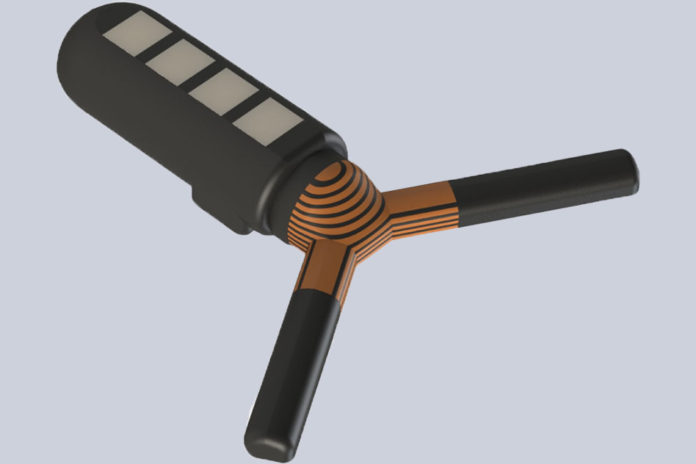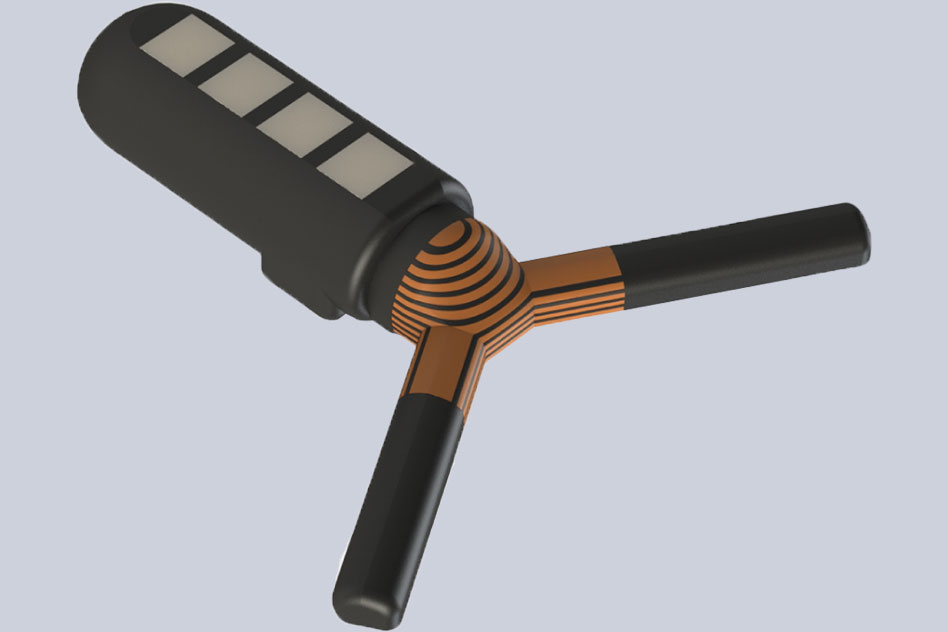
A new ingestible capsule, that’s been designed specifically to deliver drugs to targeted areas has been developed by a group of researchers at MIT, Draper, and Brigham and Women’s Hospital. Completely controllable using Bluetooth wireless technology, the capsule can also be customized to sense environmental conditions.
It’s estimated that the capsule can last quite happily within the confines of the stomach for at least a month, responding to information received directly from the user’s smartphone. Made using 3-D printing technology, the capsules could be used to treat a number of different diseases. They could also be used to sense allergic reactions or infections, before releasing the relevant drug in response.

“We are excited about this demonstration of 3-D printing and of how ingestible technologies can help people through novel devices that facilitate mobile health applications,” says Robert Langer, the David H. Koch Institute Professor and senior author of the study.
Working alongside Giovanni Traverso, a visiting scientist in MIT’s Department of Mechanical Engineering, the researchers looked to combine many of the features developed in previous studies concerning ingestible sensors and drug delivery capsules. One such feature is how the device unfolds into a Y-shape after being ingested, allowing it to become lodged in the stomach where it stays put for around a month. After this time it starts to break up into tiny pieces before passing through the digestive tract.
As well as being able to supply the user with the right drugs at the right time, the device can also carry sensors that monitor and relay gastric environment information across using a wireless signal. “The limited connection range is a desirable security enhancement,” says Yong Lin Kong, lead author of the paper and an assistant professor at the University of Utah.
The researchers decided to use 3-D printing in which to make the capsules. Doing so allowed them to incorporate better all the necessary components carried by the capsules. It also helped in keeping the capsule stiff yet flexible, and able to withstand the stomach’s acidic environment.
Traverso and colleagues are really excited about the sensor and are hopeful that it could be used in the near future to diagnose the early onset of disease and respond accordingly with the appropriate medication. “We’re really excited about the potential for gastric resident electronics to serve as platforms for mobile health to help patients remotely,” Traverso says.
While the existing version of the device uses a small silver oxide battery to power it, the researchers are looking at the possibility of using alternative power sources such as stomach acid or an external antenna instead.
